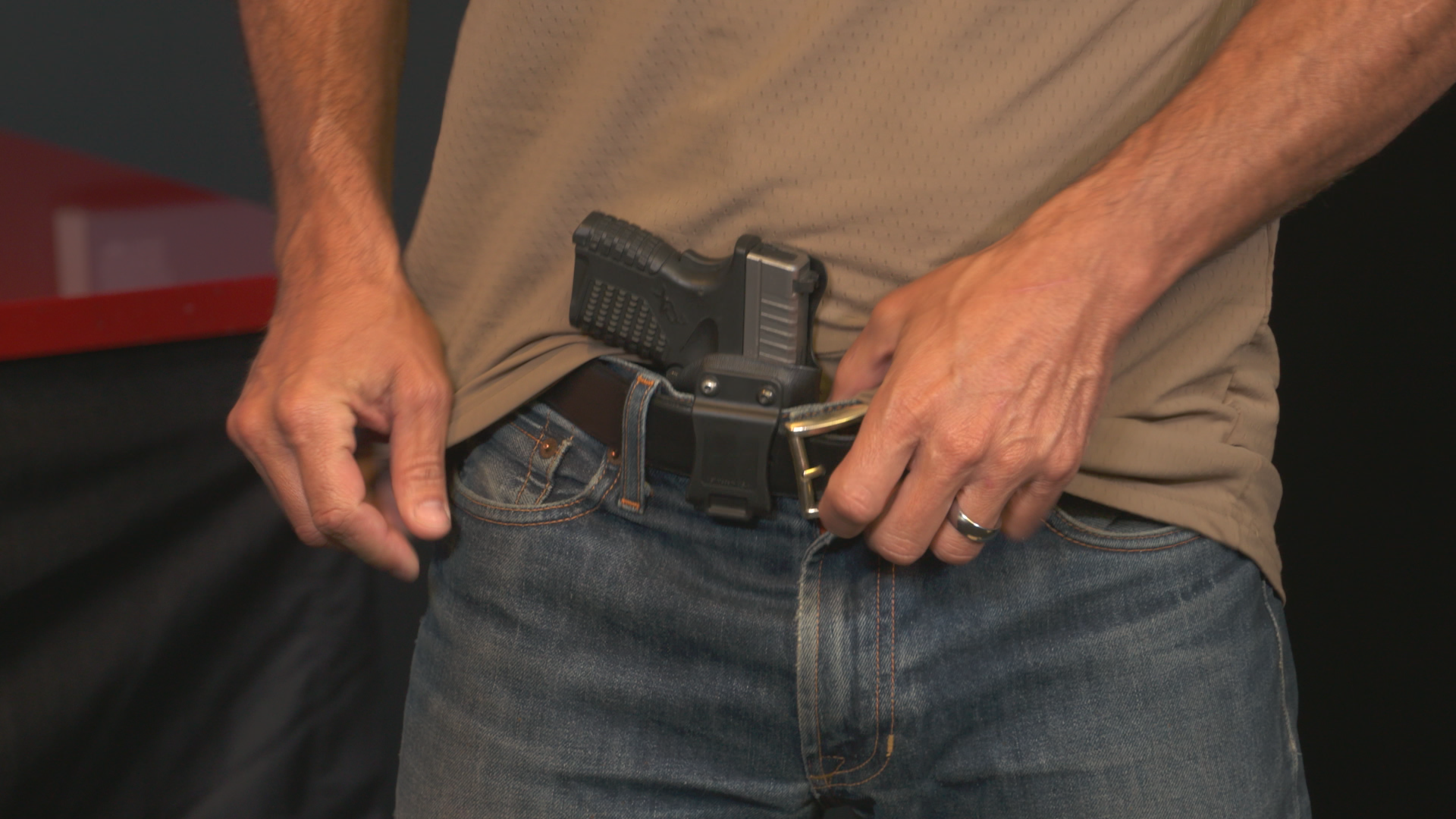
As a responsible gun owner, it is your job to stay up-to-date on your state and local gun laws. They vary significantly from state to state (sometimes from community to community) and knowing what’s allowed where you are can help preserve your second amendment freedoms.
One major difference from state to state is the issue of concealment. Knowing how this difference plays out in your state can ensure that you’re staying within your rights every time you leave the house.
Open Carry
States with open carry laws allow firearms in full view, visible to those around you. More often than not this looks like belt holsters or shoulder-sling rifles.
Not all open-carry states are the same, though. States like Texas, for example, allow long guns to be openly carried but maintain a ban on handguns. A handful of states go further with permissive open carry laws that do not require permits of gun owners. Here is a nice overview of the open carry variations in the U.S.
Concealed Carry
Like in open carry states, gun owners in concealed carry-only states can carry weapons in public. Here, however, guns must be concealed, or hidden from public view.
All 50 states allow the concealed carrying of firearms to one degree or another. It is the licensing requirements that differ from state to state. These laws fall into one of three permitting categories:
- May Issue – The most restrictive permitting guidelines
- Shall Issue – Less restrictive permitting guidelines
- Unrestricted – No permit required
The second amendment’s promise to preserve your right to bear arms is important. Equally important is your responsibility to be safe and to abide by the laws regulating that right in your state and local jurisdiction. If you take the time to learn those requirements, you can continue to do your part to keep your country and your community safe.
